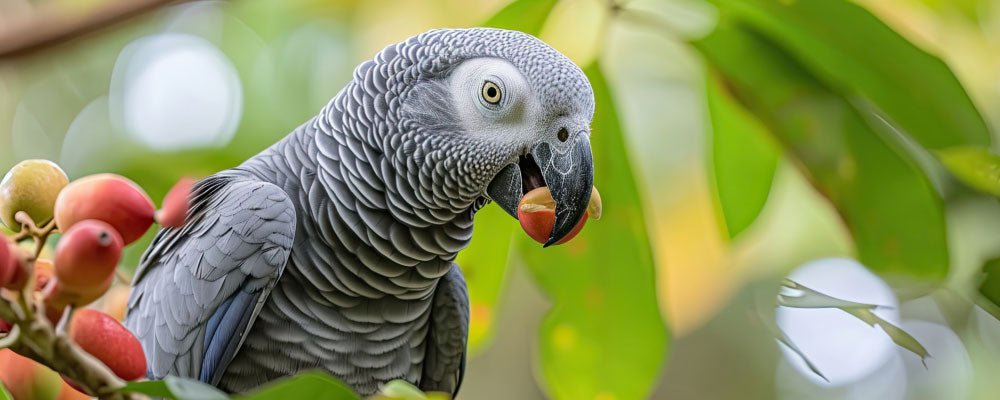
What Are African Grey Parrots? Facts About Grey Parrots
Where are grey parrots from?
The African grey parrot is probably the most popular parrot as a pet and it must be the most familiar of captive species with its unique grey body feathering and bright red tail. African grey parrots of course hail from the continent of Africa and are found widely distributed throughout the central countries of the continent.
It’s interesting to note that grey parrots originating from the Congo region are larger and lighter in colour than those from Cameroon and Ghana. Importation of grey parrots is not allowed into the United Kingdom and grey parrots are instead bred in the United Kingdom.
What do grey parrots look like?
Grey parrots have a silvery grey body colour with marked scalloping to the feather edges especially over the head and neck. The base of the back is a much paler silver colour whilst the tail feathers in adult birds are bright red. Juvenile birds have darker-tipped tail feathers, which are replaced by bright red feathers at about one year old. It is important to note that it’s a common problem for young birds to break or pull out their tail feathers during the first eighteen months of their lives.
The beak of grey parrots are all black and there is a featherless area of white skin around the eyes. Interestingly, the iris of the adult grey parrot is yellow while the juvenile bird have grey irises, which change slowly to yellow at about one year old and then deepens in colour until full adulthood.
Can grey parrots talk or mimic sounds?
The popularity of these African grey parrots often stems from their renowned ability as mimics. They can easily master whistles, squeaks, ring tones and they will also pick up words and phrases and actually appear to have some com- prehension of their meaning. This is because they tend to use them in the right context, such as 'Hello' when owners come into the room and 'Goodbye' as they leave. In some cases, they’ve been known to say 'Goodnight' as lights are turned out.
Grey parrots will also associate names with objects or people, such as 'cat', 'dog', 'dinner’, ‘John’ or ‘Mum’ and many grey parrots are famous for swearing, but they mimic only what they hear repeatedly, so the blame must be on the owners! Indeed, scientists believe that grey parrots have a similar level of intelligence of a five-year-old human child.
Another interesting aspect to African grey parrots is that, as they mature, they very often develop a as preference for one person in the family. This may be down to the gender of the parrot in that cock birds prefer women while hen birds relate to men. It’s also important that grey parrots can be quite unpredictable and be very nervous. In some cases, they will growl, flap, and throw themselves to the floor when approached if they don’t want to be disturbed.
How to care for African grey parrots
African greys are famously picky eats and can be very selective, such as picking out sunflower seeds and peanuts, but leaving everything else! It is recommended to feed them a varied diet when they are younger, so they are less picky later in life.
As such, they are more susceptible than most species of parrot to calcium deficiency problems, such as soft bones and egg-related problems, as well as seizures in some serious cases. They also will suffer from vitamin A deficiency and are extremely prone to feather plucking.
How long do African grey parrots live for?
The life expectancy for African grey parrots is usually thirty-five to forty years, but they have been known to live for sixty years. In the wild, their life expectancy is shorter at about twenty-five years.

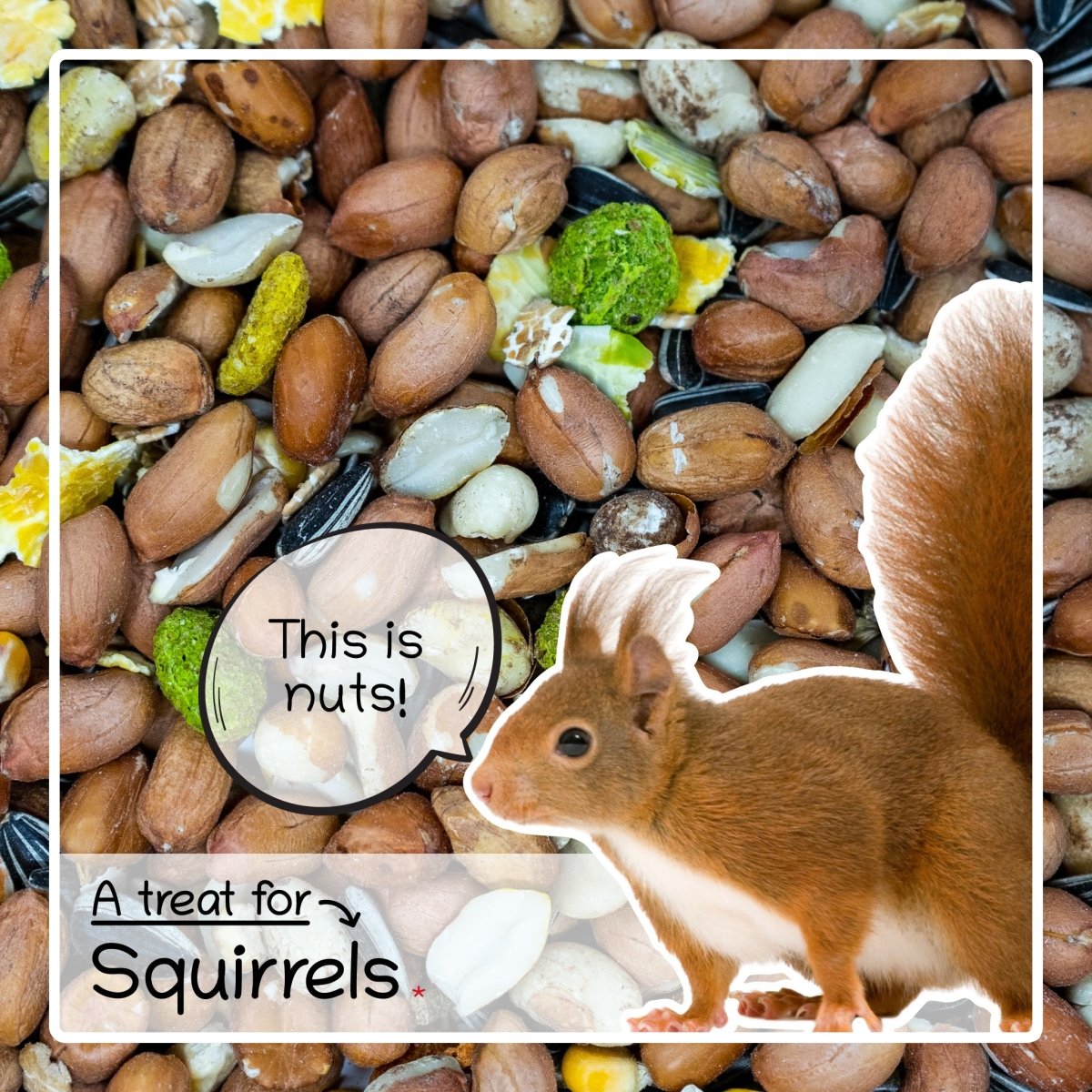
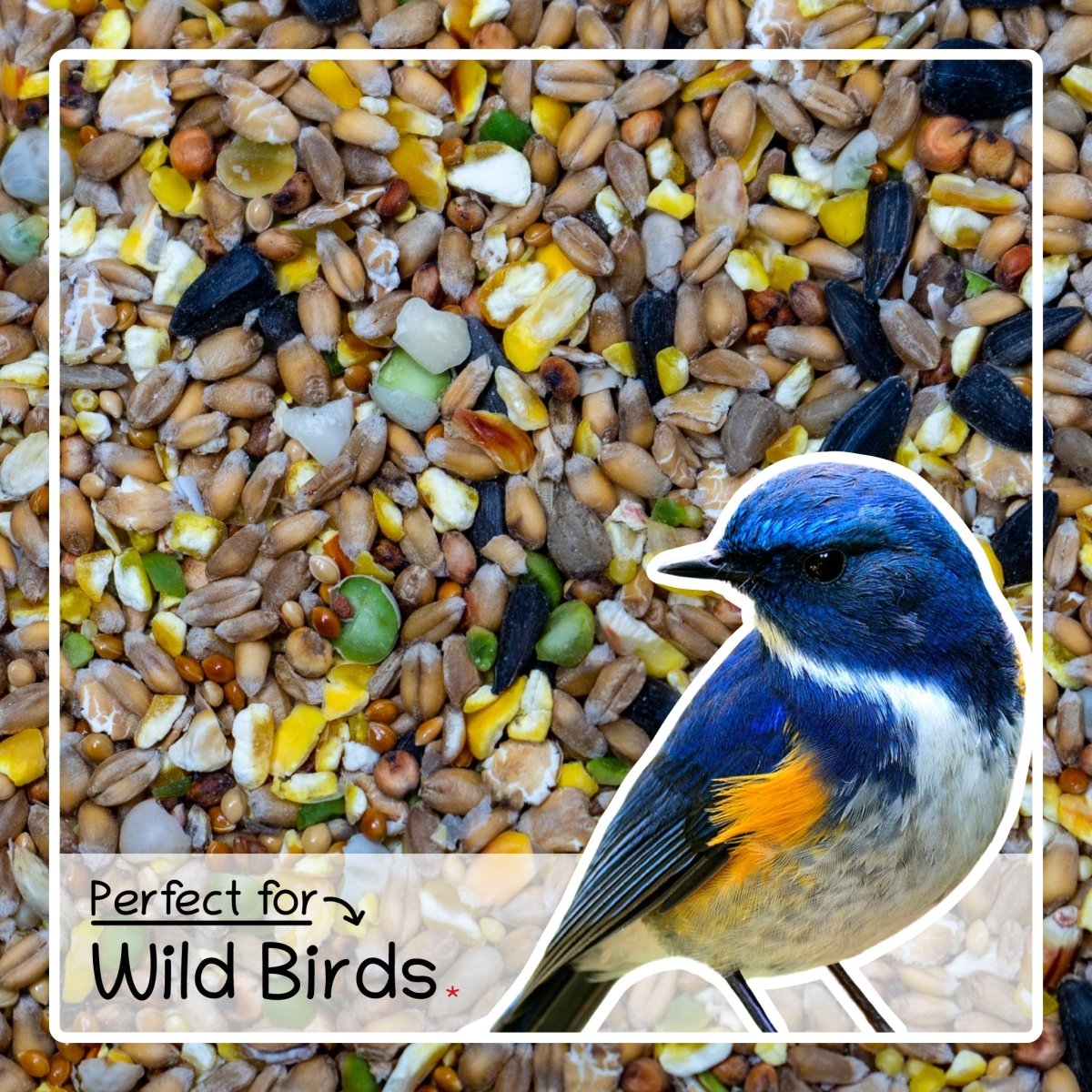

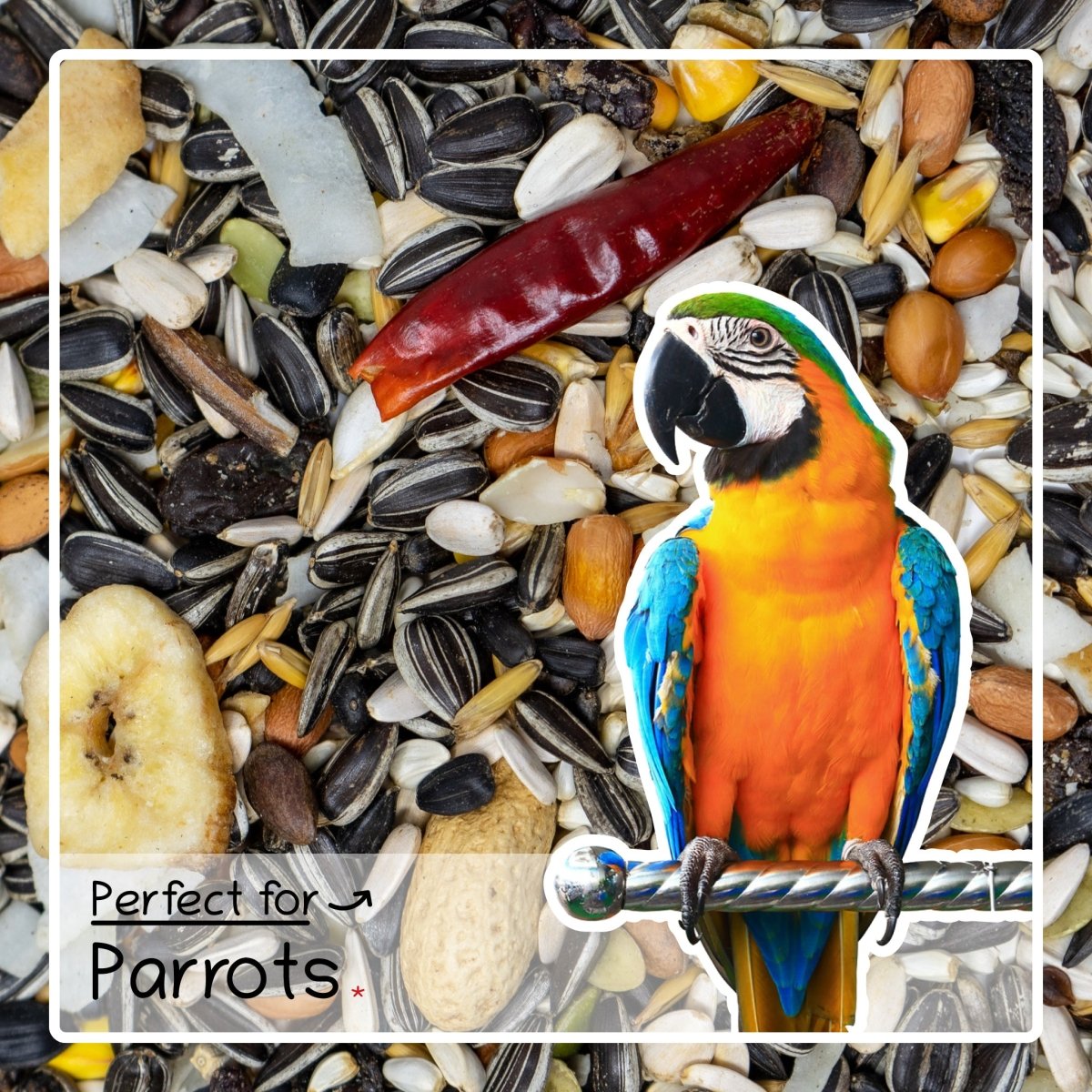
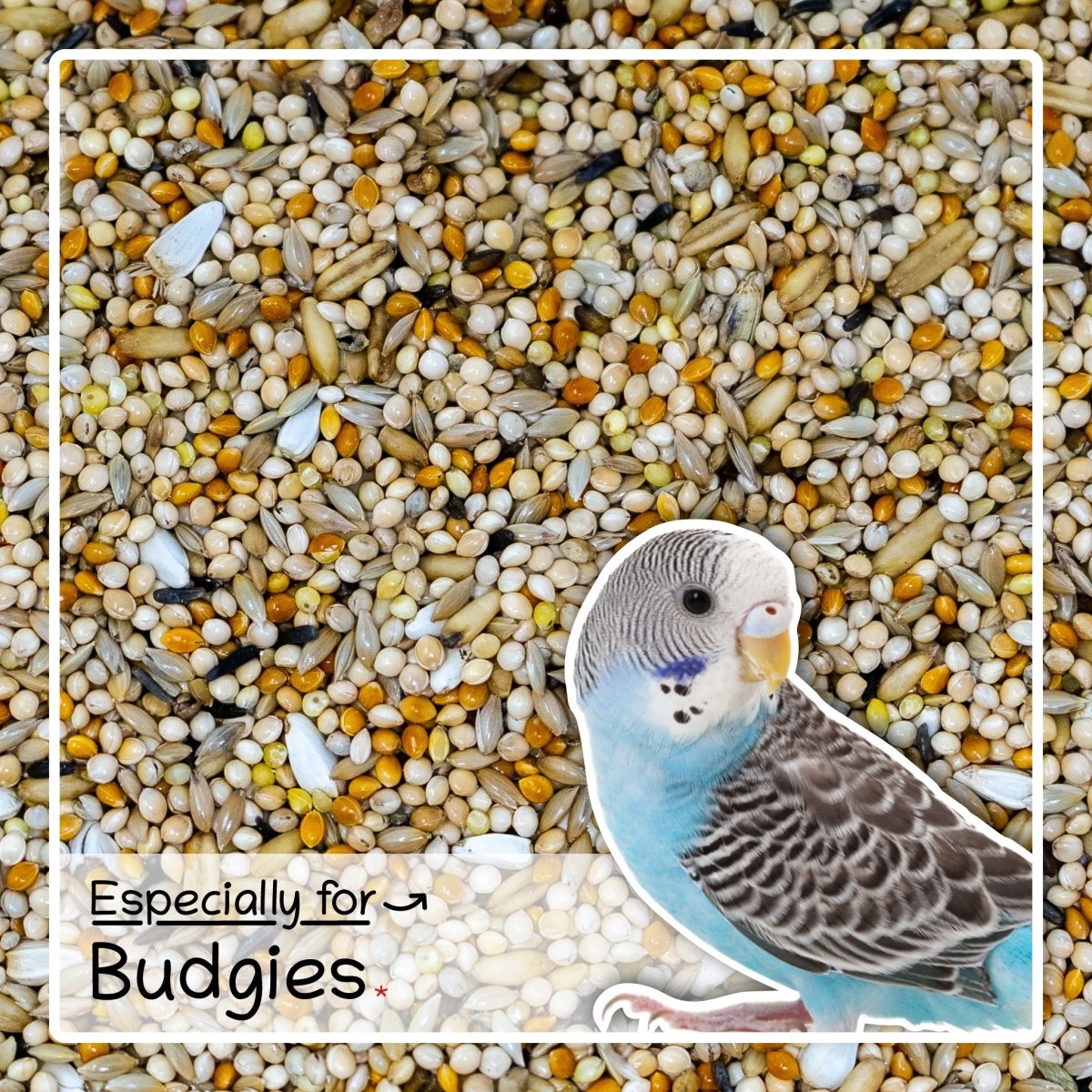
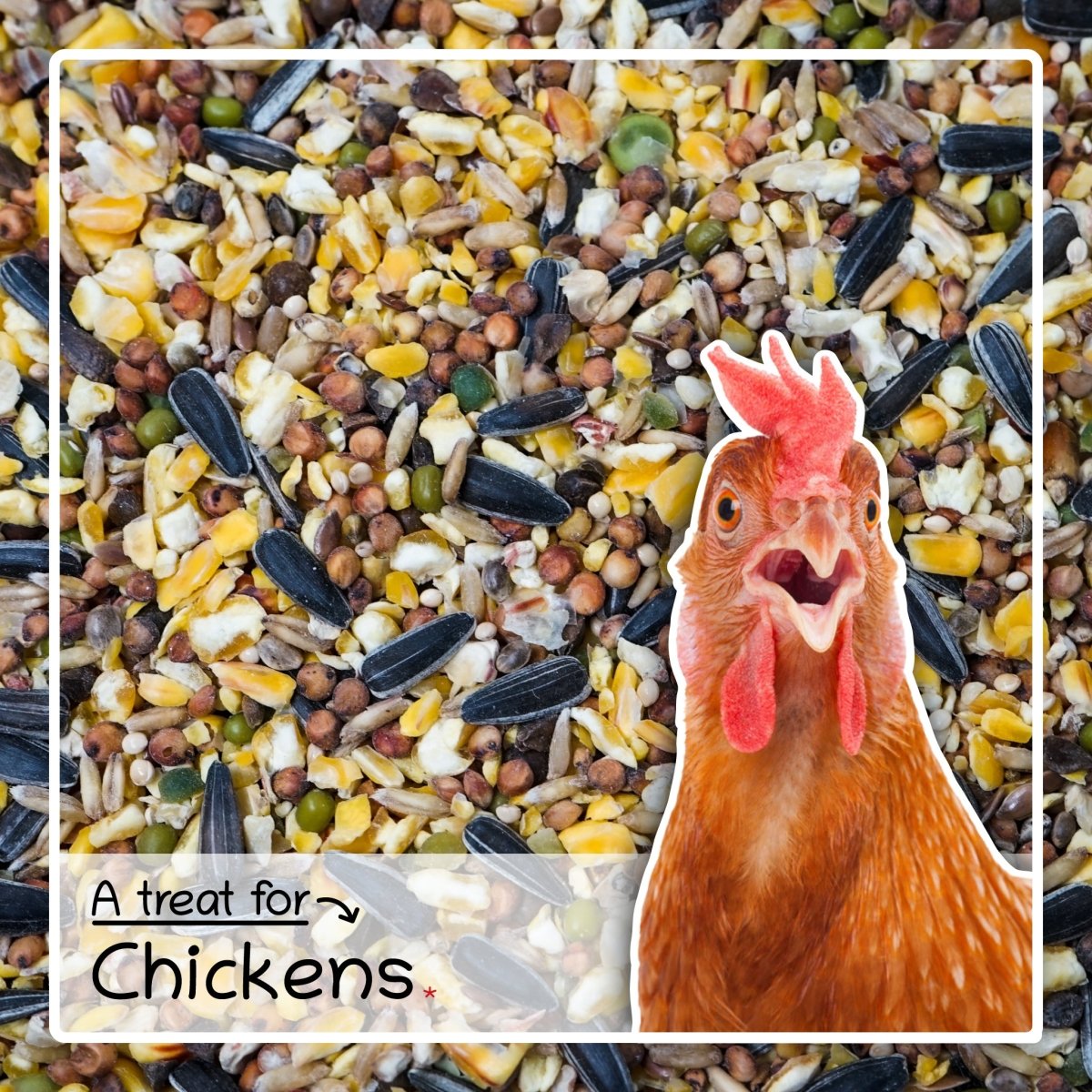
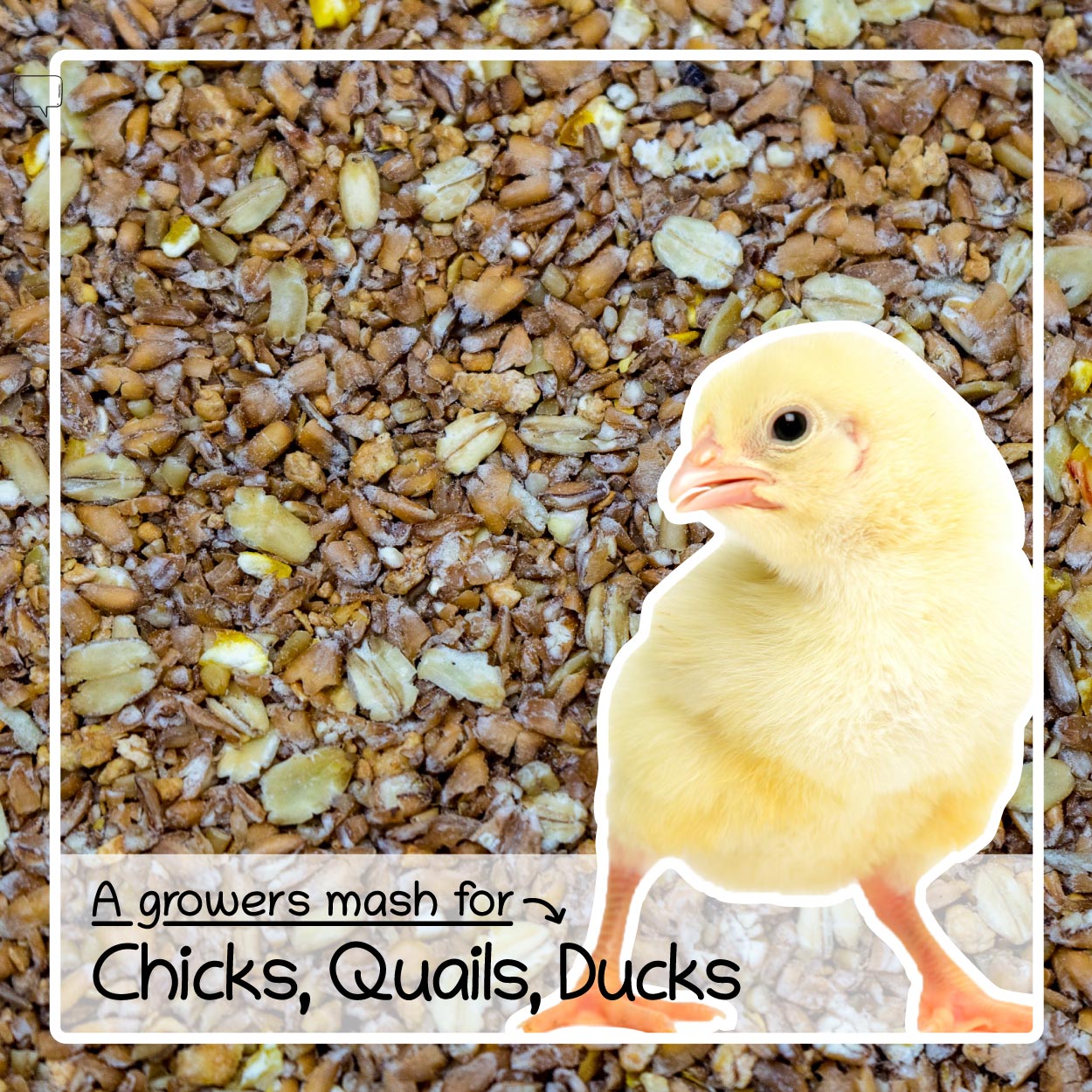
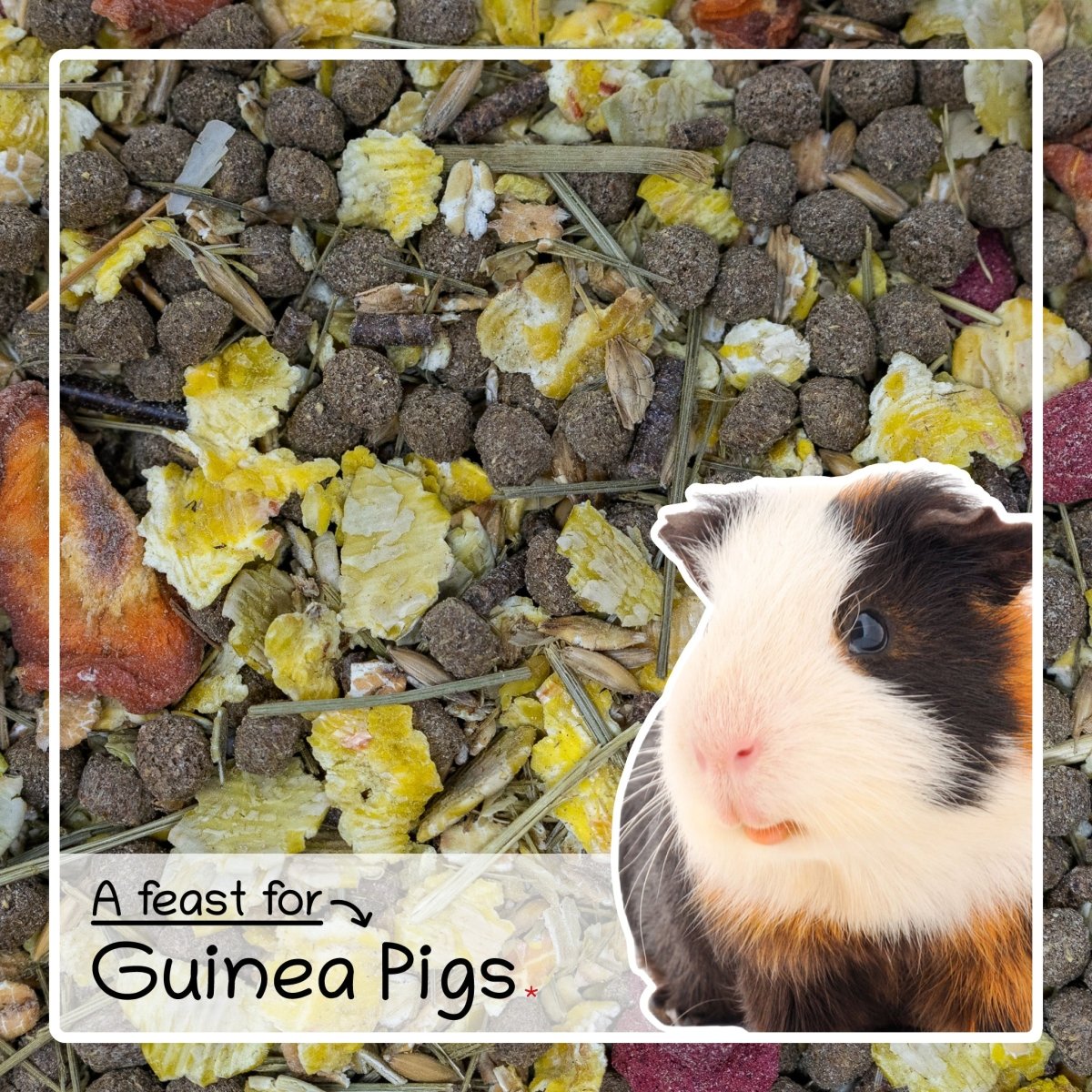


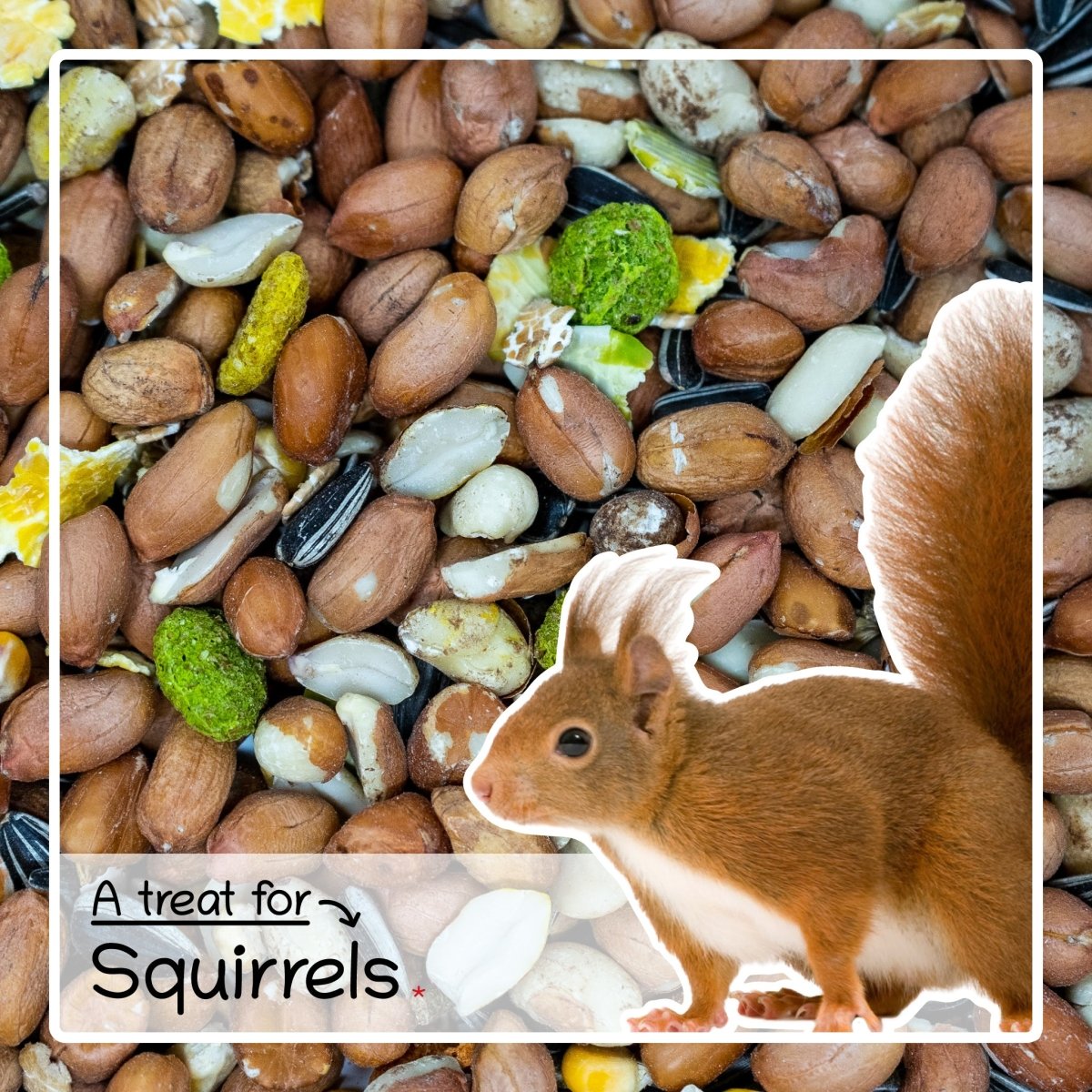



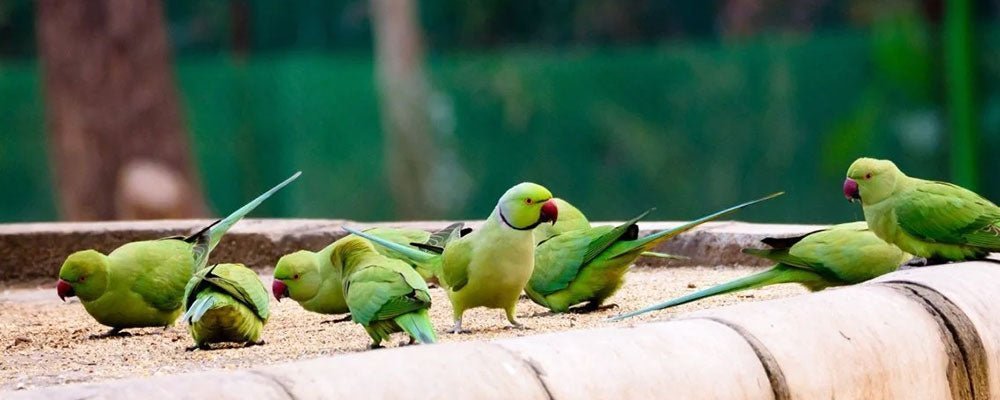
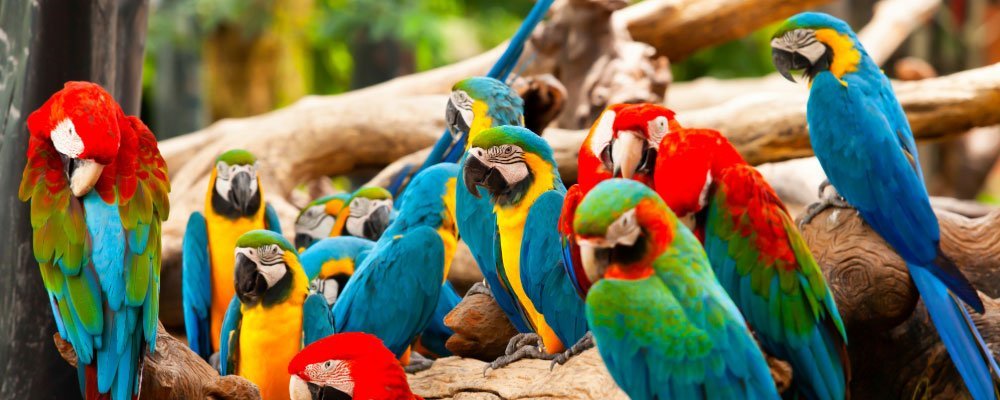
Leave a comment
This site is protected by hCaptcha and the hCaptcha Privacy Policy and Terms of Service apply.